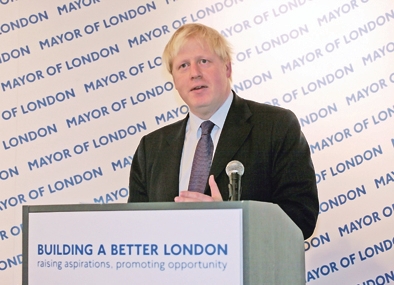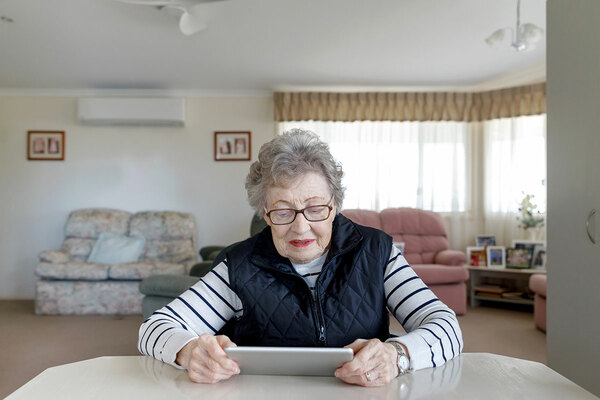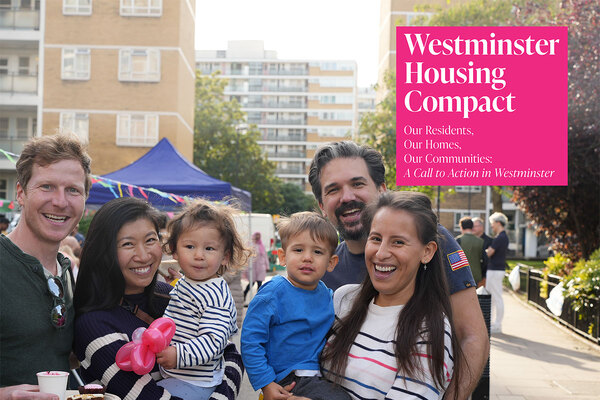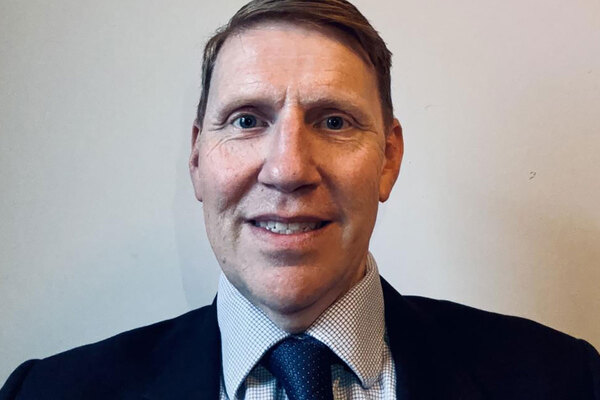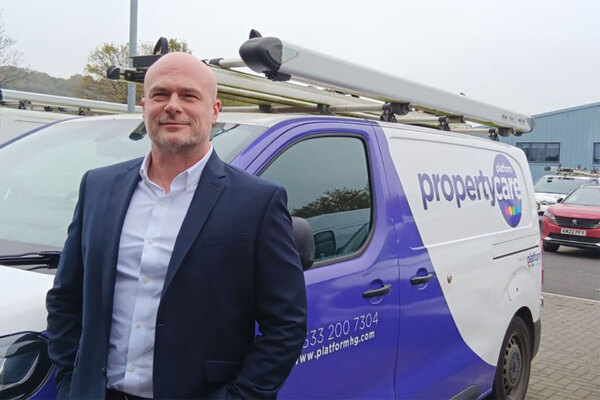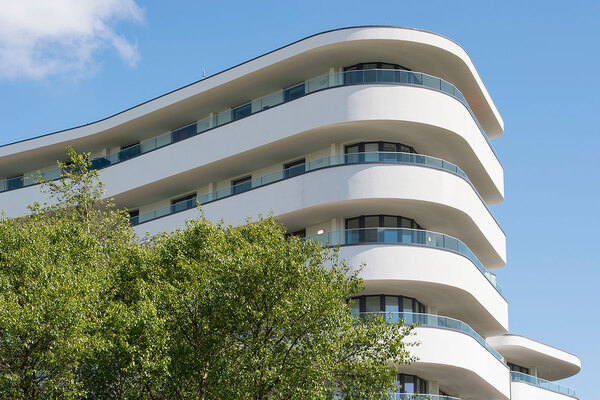Targeting full-fibre broadband by 2025: what landlords need to know
Government has set a target of full-fibre broadband being available across 85% of the UK by 2025. Sanjay Sudra of CityFibre – a fibre network infrastructure provider – discusses how landlords can help

In association with:
![]()
The government has set a target of at least 85% of the country having access to a full-fibre, gigabit broadband service by 2025. The Public Accounts Committee has since expressed doubts about whether it will be possible to meet this target. Why should this be an issue of concern to social housing providers?
That target was set before the pandemic, but COVID-19 has made it clear why it is so important. Over the past 18 months, the virtual world has become home to education, healthcare, work and leisure. Having access to fast broadband has also enabled people to more easily contact organisations providing crucial public services, including social landlords.
So there are all those benefits in the here and now, but there is also the reality that full fibre will in time become the only way to access the internet. Just as terrestrial TV was eventually turned off and replaced with digital services, there are proposed plans to phase out the copper network for phone lines and the internet from as soon as 2025.
That means if landlords want to make sure that their residents are digitally included now, and that they will be into the future, then this is an issue they need to be considering.
What do social landlords need to do to ensure that their residents have access to full-fibre broadband?
I think often, understandably, those working in the sector see roads being dug up and signs going up saying “superfast broadband is coming”, and they think that is it. But it’s not. There’s a crucial part to cover that we call “the last mile”: so the connection that actually goes from the street into someone’s home.
At CityFibre, we both install the cabinets on the street that connect through to our own exchanges and cover that ‘last mile’. We ‘wire up’ homes and buildings so that residents have the ability to access full-fibre broadband. That’s all we focus on – so we’re not an internet service provider (ISP).
Once our infrastructure is in place, residents can decide which of the ISPs that have partnered with us is right for them. This gives plenty of choice to residents and means they can select the service provider that offers the right internet package for them at the right price.
What does covering that last mile mean in the context of social housing?
The first step is to have a conversation with an infrastructure provider. At CityFibre we start by talking through how we would propose to connect the buildings in question, and then we move to a ‘wayleave’ agreement. This is a legal document that grants us permission to carry out a non-intrusive survey of a building.
Through this survey, we detail precisely what work is needed to give a building access to full-fibre broadband.
Sanjay Sudra is senior strategic wayleave manager at CityFibre. He has worked in the telecoms industry for 15 years and specifically with social landlords.
He joined CityFibre in October 2019 to support the delivery of full-fibre broadband infrastructure and a choice of internet service providers to more households.
What are the potential challenges with wayleave agreements?
I think sometimes social landlords wrongly assume that granting a wayleave agreement is the same as granting permission for work to take place. It’s not. All the wayleave does is give permission for a survey. We cannot legally start work unless and until a landlord has approved the survey and the plan to connect the building to the fibre network. The landlord has to approve the ‘route’ proposed and only then would we begin work.
That misunderstanding does, I think, mean that some landlords have moved slowly in this area. At CityFibre, as with other infrastructure providers, we’re working city by city. When we work in a place, our aim is to connect as many homes as possible before moving on.
There will undoubtedly be some locations in which social landlords have hesitated because they’ve been worried about the implications of signing a wayleave, thinking that it somehow tied them into building work.
I think there can also be worries about what the build process involves. There can be concerns that it is going to include time-consuming demands on staff from the social landlord. Following Grenfell, there is also sensible concern about making sure that infrastructure providers meet fire regulations.
I completely understand all of that and it’s something we try to really clearly address. When we put together a survey report and a suggested access route, we deliberately design it to cause as little disruption as possible. We don’t want to add a burden to landlords, or to disrupt the lives of residents either.
When it comes to fire regulations, all our contractors are on the FIRAS (Fire Installers Registration and Accreditation Scheme) Register. If we have to drill a hole, we will firestop it and we will take pictures before, during and after, which we share with the landlord.
What immediate steps should social landlords take on progressing full fibre?
One key step might be identifying which team is going to take responsibility for the agenda to shift to full fibre and what it means for residents.
Of course it will involve people from multiple parts of the organisation – asset managers, digital teams, and legal expertise when it comes to wayleave agreements – but I think it will be helpful for organisations to designate a group of people with responsibility for this area.
Often we find that if we approach a social landlord and explain we’re starting work in a city in which they have properties, they can’t easily identify which team we should be liaising with. That slows things down.
And while there is some doubt over whether that 2025 target will be met, I don’t think there’s disagreement that the aim is a good one. To access healthcare services, better work opportunities, education, and leisure such as streaming TV or online video games, residents are going to need fast broadband. If landlords want to digitally connect with residents, or use more sophisticated safety monitoring devices, then buildings are going to require fast broadband.
That means social landlords need to be thinking about how to equip their properties and residents with it.

